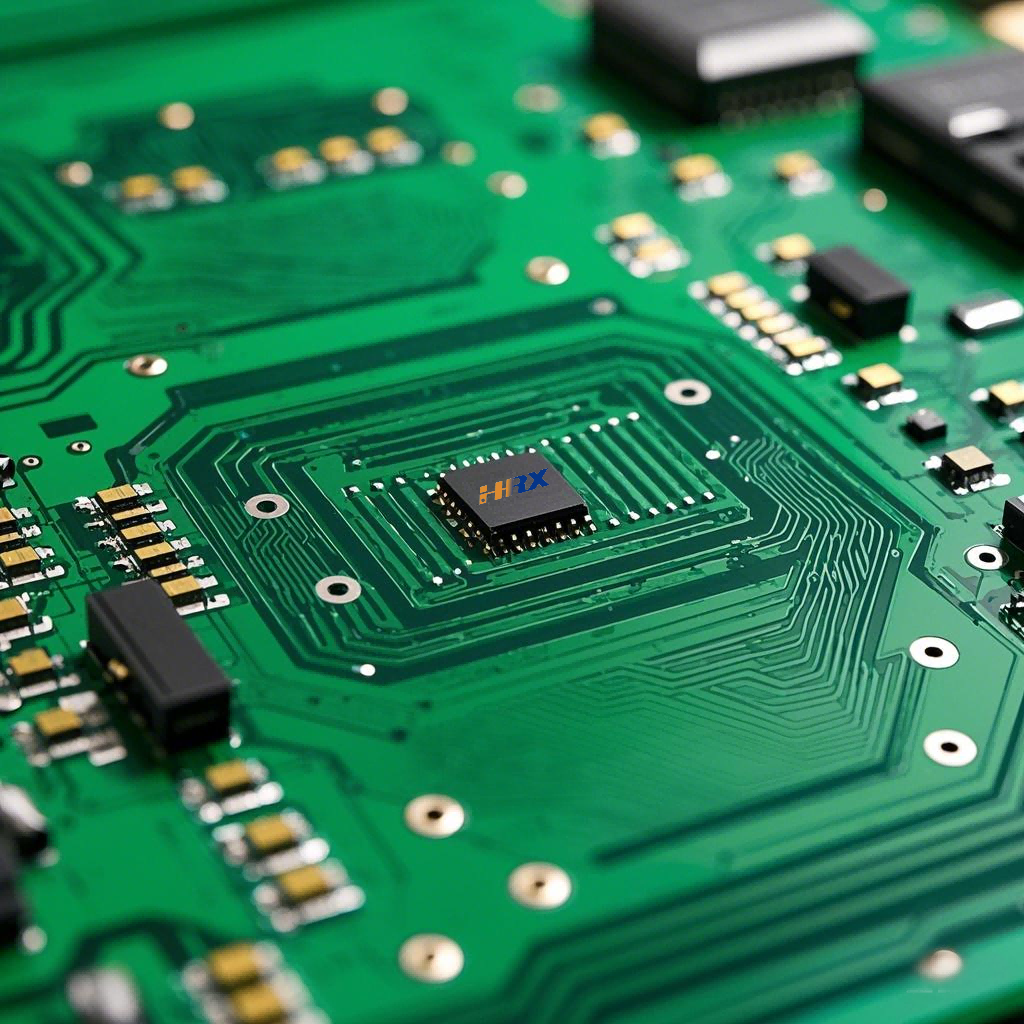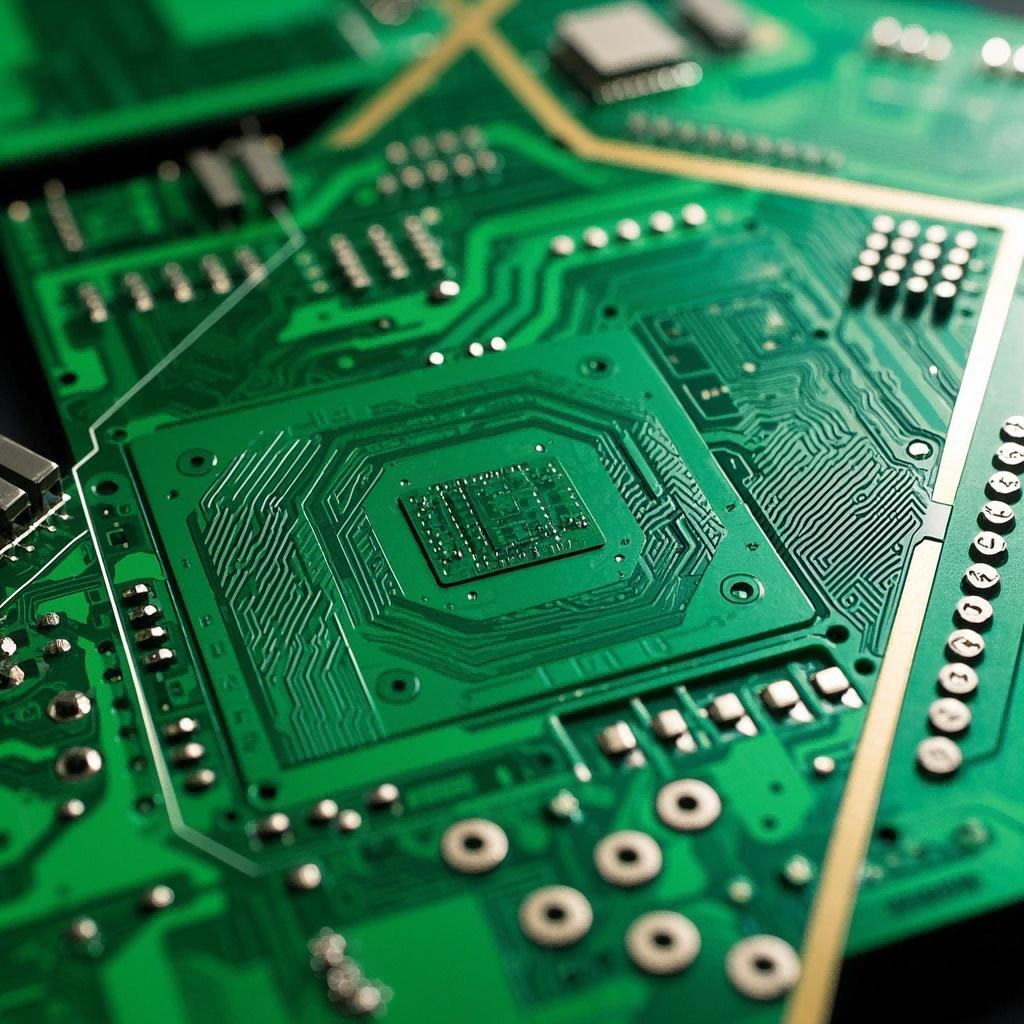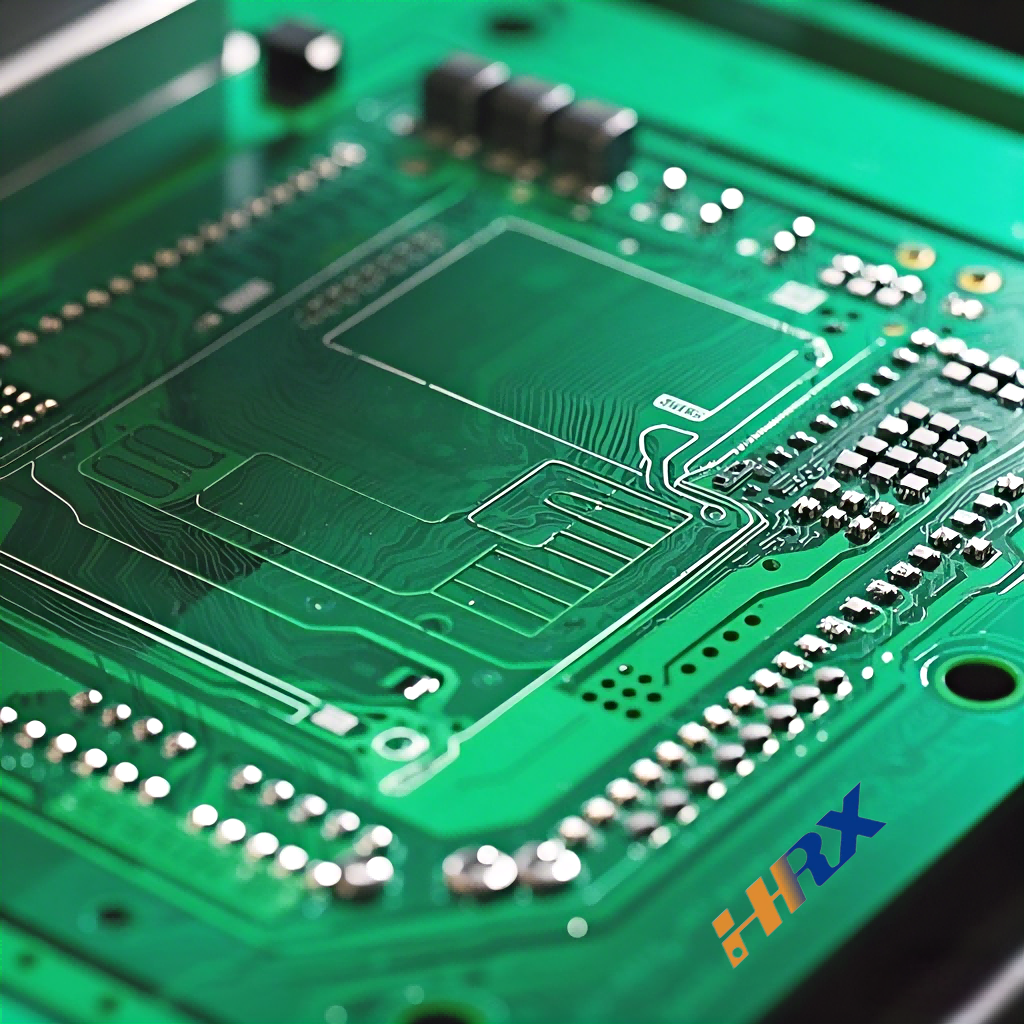Search
Deep Insights into HDI Blind and Buried Vias Technology in PCB Design and Production
- Jan 10,2025
-
Share
In the fast-evolving landscape of PCB design and manufacturing, the HDI (High-Density Interconnect) blind and buried vias technology has emerged as a game-changer, enabling the creation of highly sophisticated and compact circuit boards. Today, let's peel back the layers and take a comprehensive look at this complex yet crucial aspect.

1. Key Consideration Factors and Intricate Details
Layer Alignment Precision: The Bedrock of Success
In the multilayered PCB universe, layer alignment is nothing short of sacrosanct. A hair's breadth misalignment during the fabrication process can set off a domino effect of disasters. Minute discrepancies in the X, Y, or Z axes between layers can lead to via misregistration, potentially birthing open circuits or short circuits that can bring the entire PCB's functionality to a screeching halt. To counter this, state-of-the-art optical alignment systems, armed with ultra-high-resolution cameras and advanced alignment algorithms like fiducial recognition and pattern matching, are deployed. These systems meticulously ensure that each layer is perfectly superimposed, laying the foundation for a reliable PCB.
Microvia Drilling and Plating Accuracy: Forging the Electrical Pathways
The microvia's dimensions and plating quality are the lifeblood of electrical connectivity. The diameter, aspect ratio, and plating thickness must be calibrated with surgical precision. In high-speed digital PCBs designed for cutting-edge applications such as 6G communication modules or high-performance computing servers, any deviation from the optimal microvia parameters can spell doom. An improper diameter can introduce impedance mismatches, causing signal reflections, attenuation, and crosstalk, effectively crippling the high-frequency signal transmission. Advanced CNC drilling machines, equipped with real-time spindle vibration monitoring and adaptive feed rate control, are enlisted to drill microvias with micron-level accuracy. Subsequently, electroplating processes employing pulse plating techniques and automatic thickness control systems are utilized to deposit uniform and adherent copper layers, ensuring seamless electrical conduction.
Material Selection: The Invisible Hand Guiding Performance
The choice of substrate and dielectric materials wields an outsized influence on PCB performance. Different materials flaunt diverse dielectric constants (Dk) and dissipation factors (Df). In applications like automotive radar systems or medical imaging devices, where signal fidelity is paramount, a substrate with a mismatched Dk can induce signal propagation delays, phase shifts, and distortion. Materials with high Df values can act as signal vampires, sucking away energy and increasing crosstalk. To navigate this maze, extensive materials research and collaboration with leading suppliers are essential. Employing tools like electromagnetic simulators (e.g., CST Microwave Studio) and thermal analysis software (e.g., Ansys Icepak) helps in simulating and optimizing material combinations to achieve the desired electrical and thermal characteristics.
Thermal Management: Taming the Heat Beast
In power-dense applications such as electric vehicle power electronics or data center switchboards, heat dissipation around HDI vias is a Herculean task. Inefficient heat transfer can lead to solder joint fatigue, component overheating, and premature failure. Strategic placement of thermal vias, acting as heat conduits, is crucial. These thermal vias, often with larger diameters and optimized fill ratios, are distributed in proximity to high-power components and HDI vias. Coupled with the integration of advanced heat sinks, made of materials like aluminum nitride or graphite composites, and phase-change materials that absorb and release heat during temperature fluctuations, a stable thermal environment can be maintained.
2. Actionable Recommendations to Overcome Challenges
Perfecting Layer Alignment: A Continuous Endeavor
Beyond relying solely on high-tech optical alignment systems, a proactive approach to equipment calibration and maintenance is indispensable. Regularly scheduled calibration runs using precision calibration artifacts ensure that the alignment equipment remains in peak condition. Additionally, implementing in-process inspection techniques, such as automated layer-to-layer overlay measurement using laser interferometry, allows for immediate detection and correction of any emerging alignment issues.
Mastering Microvia Drilling and Plating: Technology and Training
Investing in top-tier CNC drilling and electroplating equipment is only half the battle. Equally important is providing comprehensive training to the operators. They need to be well-versed in the nuances of machine operation, understanding how to optimize drilling parameters based on different PCB designs and materials. Continuous process improvement initiatives, like conducting Design of Experiments (DOE) to fine-tune plating recipes and drilling strategies, can further enhance the quality and consistency of microvia production.
Intelligent Material Selection: Data-Driven Decisions
Rather than making material choices based on intuition or past experience alone, a data-driven approach is the way forward. Build a materials database that catalogs the properties, performance data, and cost of various substrates and dielectrics. Leverage this database in conjunction with simulation tools to make informed decisions. For instance, when designing a PCB for a wearable health monitor, the database can help identify materials that offer the right balance of flexibility, low Dk, and biocompatibility.
Robust Thermal Management: A Holistic Approach
Don't view thermal management as an afterthought. Incorporate it into the initial PCB design phase. Use thermal simulation software to predict heat distribution and identify hotspots. Based on these insights, design the layout of thermal vias and heat sinks preemptively. In addition, consider the use of conformal coatings that not only protect the PCB from environmental factors but also enhance heat dissipation in some cases.

3. Inspiring Successful Case Studies
They focused on layer alignment, microvia quality, material optimization, and thermal management. The result was a PCB that endured the rigors of factory floors, withstanding vibrations, temperature fluctuations, and electromagnetic interference. The robotic control system, armed with this robust PCB, operated with pinpoint accuracy and reliability, boosting productivity in manufacturing plants.

Let’s talk! We’ll provide the perfect solution for you!
-
 Huaruixin Electronics mainly produces printed circuit boards as the core business, to provide customers with one-stop solutions for FPC/PCB production, components sourcing and Assembly.
Huaruixin Electronics mainly produces printed circuit boards as the core business, to provide customers with one-stop solutions for FPC/PCB production, components sourcing and Assembly. - WHAT WE DO — PCB Design Solutions — Flex PCB Production — Components Sourcing — FPC&PCB Assembly
- PRODUCTS — Single Sided Flexible Circuits — Double Sided Flexible Circuits — Multilayer Flexible Cirucits — Rigid-Flex Circuits — FPC Assembly — PCB Assembly
- CAPABILITY — FPC Capability — Rigid-Flex Capability — PCB Capability — Assembly Capability
- Copyright © 2024 Shenzhen Huaruixin Electronics Co., Ltd. All Rights Reserved.
- Design By BONTOP



